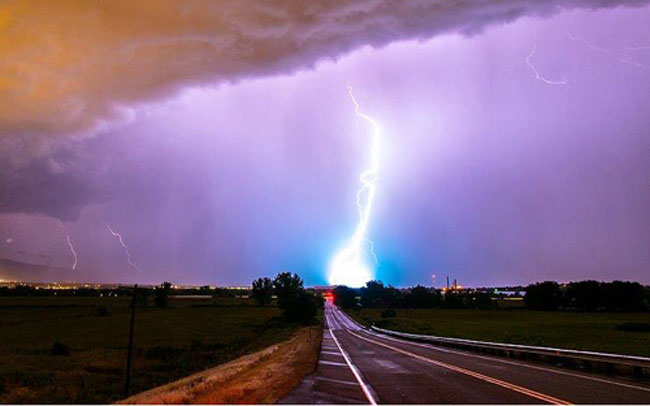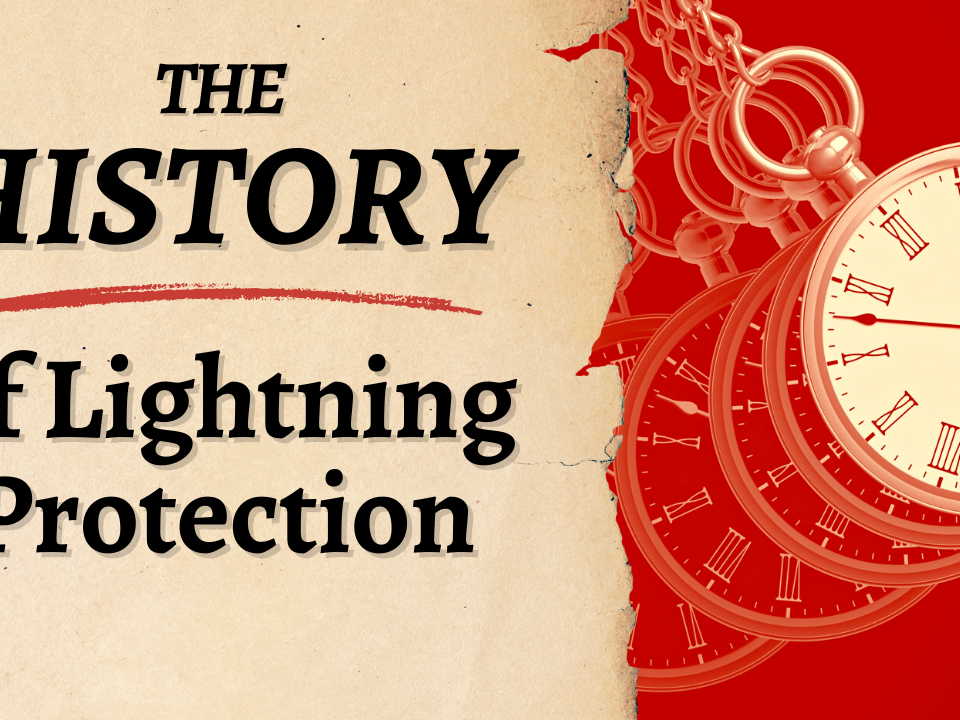- 100% AMERICAN MADE
- Lightning Protection - YOUR time, NOT Downtime

Leveraging the U.S. Government for Increased Lightning Protection Exports
June 27, 2013
Lightning Rods are OLD: NEW Lightning Protection – Part I
July 11, 2013When Lightning Season Peaks, Proper Lightning Protection is Imperative

Photo by Bryce Bradford Photography, Boulder, CO
By: Lightning Diva@Large
Statistics show that June, July and August are peak months for lightning strikes in the United States and other regions across the Northern Hemisphere. These beautiful torrents of nature, which can be very destructive to facilities, are often ignored until they wreak havoc. This past Friday we had our own spectacular light show in Boulder, CO. At one point there were so many lightning strikes it mirrored daylight at 10:00 PM. It was beautiful, but very dangerous.
Industries and people never seem to believe that lightning will strike them or their facilities. That misconception could not be further from the truth. Just last month, three different tank storage facilities were directly hit by lightning within nine days of one another – all along the Gulf Coast of the United States. These lightning strikes caused explosions and fires, resulting in damaged tanks, lost product and downtime. Had the facilities taken a proactive stance against lightning – as outlined in the following Houston Chronicle cover story – and spent a fraction of the cost of the damages incurred on lightning protection, the facilities would have saved millions.
That is why we are planning the Second Lightning Protection Summit being held at Houston’s Ship Channel on October 10, 2013 for Petroleum and Chemical Professionals. The Lightning Protection Summit seeks to raise awareness and educate executives on the potential dangers associated with lightning strikes. In addition, attendees will leave the Summit educated on the most up-to-date intelligence regarding lightning, and the most innovative information about lightning protection best practices and solutions implemented around the world… with a nearly perfect success rate.
Some companies don’t wait for lightning to strike
By: Jeannie Kever, Houston Chronicle Energy Reporter
Featured on the front page of the Houston Chronicle and on FuelFix.com
Back in Ben Franklin’s day, no one worried about lightning causing a chemical tank to explode or shutting down the electronic controls to a nuclear reactor.
Technology has raised the stakes since Franklin invented the lightning rod – lightning-sparked fires caused more than $1 billion in insured homeowners’ losses in 2010 alone, according to the Insurance Information Institute.
The costs can be even higher for the oil and gas industry; a 2006 study published in the Journal of Loss Prevention in the Process Industries found lightning strikes are the most common cause of accidents involving storage tanks at refineries and petrochemical plants.
“For the guys who’ve been around for 30 or 40 years, it’s not if, it’s when they’re going to get hit,” said Matt Jones, project manager for Ashley Automation & Technology, an industrial electrical firm that works mostly in the oil fields. And while lightning is hardly the only risk for oil and gas production and other facilities, it’s a big one, said David Miller, director of standards for the American Petroleum Institute.
Know-how: NASA exes bring deep understanding of risk to energy industry
The fact that the institute first issued standards for protecting facilities against lightning in 1953 and has updated them seven times since then is evidence of the concern, Miller said.

